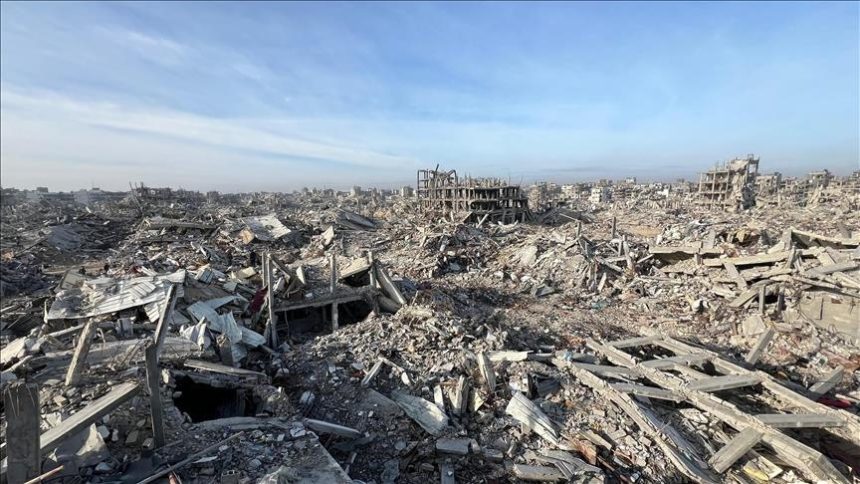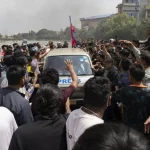Satellite Data Shows Rising Controlled Demolitions
Since Israel paused its ceasefire with Hamas in March, the military has carried out systematized demolitions of civilian buildings across Gaza. Satellite imagery and reporting by the BBC confirm that thousands of homes, schools, and apartment blocks have been razed in what Israel terms “controlled demolitions”—part of wider efforts in dense urban zones.
Rafah Prepared as “Humanitarian City”
In southern Gaza, particularly Rafah, demolition activity surged—from around 15,800 structures in April to approximately 28,600 by early July. This coincides with Israeli preparations to relocate up to 600,000 Palestinians into a fenced-off “humanitarian city,” with major civilian infrastructure preserved for future use.
IDF Cites Hamas Use of Civilian Structures
The Israeli Defense Forces assert that controlled demolitions target buildings harboring underground Hamas tunnels or booby traps. They argue the tactic aims to reduce IDF casualties while dismantling militant infrastructure hidden within civilian areas.
Humanitarian Devastation and Legal Concerns
Human rights advocates and legal experts warn the scale and method of these demolitions—displacing tens of thousands and destroying cultural sites—may contravene international humanitarian law, potentially amounting to war crimes or genocide. The Guardian reports that bulldozer operators are even being hired via social media, raising ethical alarms.
Gaza Communities in Ruins
Destruction has swept entire neighborhoods—Palestinians now describe their environment as “ghost towns.” Over 60,000 structures have been destroyed, with millions of tonnes of debris piling up. The United Nations warns clean-up and reconstruction could take decades and cost billions.
Cultural Erasure Underway
Many historic mosques, cemeteries, schools, and cultural centers have been targeted. UNESCO cautions that systematic demolition of archival and heritage sites risks cultural genocide, erasing Gaza’s collective memory and history.
International and Israeli Voices of Dissent
Former Israeli PM Ehud Olmert described the planned “humanitarian city” as akin to a concentration camp, warning displacement reflects extremist state thinking. Meanwhile, some Israeli reservists push back, insisting such mass evacuations fall outside legal military operations.
What’s Next
- Ongoing demolitions continue alongside ceasefire negotiations.
- Investigation pressures mount from UN bodies and human rights groups.
- International scrutiny—legal and diplomatic—will shape how reconstruction, displacement, and accountability unfold.
Final Take
Israel’s use of controlled demolitions across civilian Gaza—a winter scorched-earth campaign—has displaced countless individuals, wiped out communities, and triggered global backlash. As debates over legality and ethics intensify, the future of Gaza hangs in the balance: rebuilding is vital, but so too is justice.











